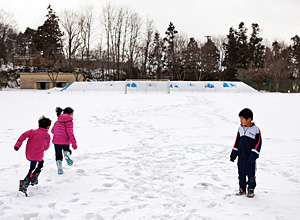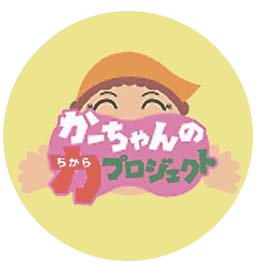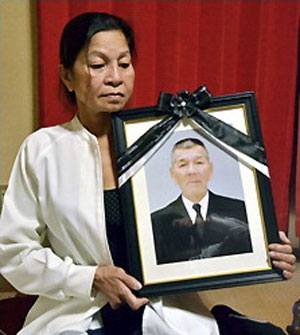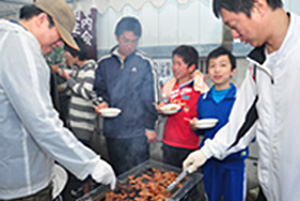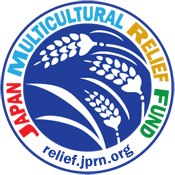Report from Iidate, Fukushima by a renowned anti-nuclear photo journalist Takashi Morizumi
Iidate, Fukushima, has been contaminated with nuclear radiation. Near the city hall is 2-3 µSv/hour (micro sievert), but in some other locations it is close to 10~30 µSv/hour. This is about 2 to 4 times more than the city of Pripyat (4 kilometers = 2.5miles away from Chernobyl). No one lives in Pripyat anymore; however, about 6,200 people still live in Iidate—including infants.
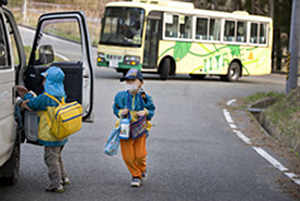
The picture above shows children coming back from kindergarten and elementary schools that have relocated to Kawamata, near Iidate.
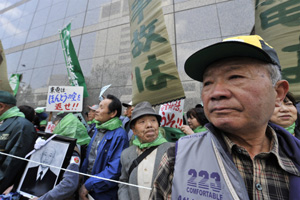
Mr. Shiga, a dairy farmer, who joined the protest at TEPCO on April 26.
On April 26, farmers from Fukushima participated in the protest, organized by the National Farmers Joint Association, in front of the headquarter office of Tokyo Electric Power Company (TEPCO).
At the negotiation with TEPCO, Mr. Shiga, one of the representative farmers from Iidate, said, "The problem for the dairy farmers is not just about relocating the cow, it is also about relocating milking facilities and night-soil treatment plants. Then we will evacuate. Can we find jobs at where we are going to be relocated? If you are not going to compensate us soon, we cannot live because we haven't had any income for more than one month. Why on earth is the TEPCO present not coming to apologize?" The department chief did not answer his questions but did apologize.
Back in Iidate, the assembly of the Iidate residents was held by the youths. One of the representatives said, "This is human disaster, and we are the victims of it. We want people in this country to think that this is their problem too, not just ours, and oppose the nuclear power plants." Another participant said, "We have lost our homes for our grandchildren"
The residents of Iidate lost their home, their families were separated, and the community is scattered. While Iidate has grown as a farm village, they cannot produce rice, get natural products from mountains, or feed their cow. They have been famous for Iidate beef, spinach, shiitake mushrooms, and so on. However, the water has been polluted by the nuclear radiation. The former president of agricultural cooperative, a member of the Communist Party, warned people of Iidate, which is located 40 kilometers away from the Fukushima Daiichi Nuclear Power Plant, "You need to oppose the nuclear power plants because Iidate will be damaged first."
They have been exposed to such high level of nuclear radiation that the damage might manifest itself someday on the people here in Iidate, as was the case in Semipalatinsk and Chernobyl. The government told them it will not cause health problems immediately, and that it is safe to live in Iidate. However, now the government has ordered a "scheduled evacuation" on April 11, and the people are confused and upset. (People of the village will need to be evacuated in one month or so.)
In Naganuma district, the highest level of radiation was observed. Mr. Tanaka, a dairy farmer, said even if the pollution is higher than the place 200 meters (655 ft.) away from Chernobyl, he cannot evacuate leaving his cows.
It is hard to believe that the beautiful nature will be lost because of the invisible radiation.


